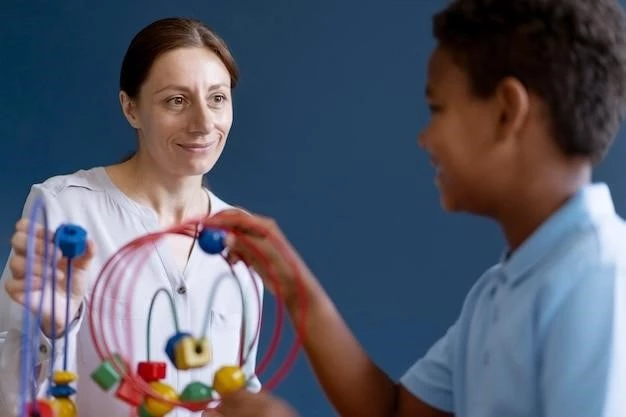Introduction
The Galloway-Mowat syndrome is a rare inherited disorder characterized by microcephaly, hiatus hernia, and nephrotic syndrome presenting in early childhood.
The Galloway-Mowat syndrome is characterized by congenital microcephaly, hiatus hernia, and nephrotic syndrome. It is a rare genetic disorder with multisystem involvement, often presenting in infancy or early childhood. Familial occurrences of nephrotic syndrome, hiatus hernia, and microcephaly have been reported. The syndrome may manifest neurological abnormalities, skeletal anomalies, and renal issues. Early-onset nephrotic syndrome may be associated with various syndromes, including Galloway-Mowat syndrome.
Patients with Galloway-Mowat syndrome may exhibit developmental delays, seizures, and optic atrophy, in addition to microcephaly and nephrotic syndrome. The disorder’s pathogenesis involves autosomal recessive inheritance, and specific gene defects are being investigated. While historically associated with hiatal hernia, recent reports emphasize neurological and renal manifestations as key features. Recognizing the unique clinical presentation is crucial for accurate diagnosis and management.
Microcephaly⁚ Causes and Symptoms
Microcephaly, characterized by a significantly small head size, can be caused by genetic factors and may present with developmental delays and neurological abnormalities.
Overview of Microcephaly, Hiatus Hernia, and Nephrotic Syndrome
The Galloway-Mowat syndrome is a rare genetic disorder characterized by congenital microcephaly, hiatus hernia, and nephrotic syndrome presenting in early childhood. Familial occurrences of these conditions have been reported, highlighting the complex genetic implications underlying the concurrence of these disorders. Recognizing the distinct clinical presentations and inheritance patterns is essential for accurate diagnosis and management of individuals affected by these rare disorders.
Hiatus Hernia⁚ Diagnosis and Treatment
Diagnosis of hiatus hernia involves imaging tests like X-rays or endoscopy. Treatment options may range from lifestyle changes to medications or surgery depending on the severity of symptoms.
Understanding the Pathophysiology of Hiatus Hernia
Hiatus hernia occurs when part of the stomach pushes through the diaphragm. This condition is usually asymptomatic but can cause symptoms like heartburn, chest pain, and regurgitation. The weakening of the diaphragm or increased pressure in the abdomen can lead to the development of hiatus hernia. Lifestyle modifications, medications, or surgery are potential treatment options depending on the severity and symptoms presented by the patient.

Nephrotic Syndrome⁚ Manifestations and Management
Nephrotic syndrome involves presenting symptoms like severe swelling, foamy urine, and weight gain. Management includes medications and dietary changes to control symptoms.
Early-Onset Nephrotic Syndrome and Associated Syndromes
Early-onset or infantile nephrotic syndrome may accompany various syndromes, such as Galloway-Mowat syndrome characterized by microcephaly, hiatus hernia, and nephrotic syndrome. Recognizing these distinct syndromes is essential for proper diagnosis and treatment.

Galloway-Mowat Syndrome⁚ A Rare Genetic Disorder
Known as Galloway-Mowat Syndrome, this rare genetic disorder presents with microcephaly, nervous system abnormalities, and nephrotic syndrome in early childhood.
Characteristics and Inheritance Patterns of Galloway-Mowat Syndrome
Galloway-Mowat Syndrome is an autosomal recessive disorder characterized by early-onset microcephaly, neurological abnormalities, and nephrotic syndrome. The inheritance pattern and clinical features of this rare syndrome have been associated with unique genetic implications, emphasizing the importance of accurate diagnosis and management.
Congenital Microcephaly with Hiatus Hernia and Nephrotic Syndrome
Congenital microcephaly, hiatus hernia, and nephrotic syndrome often coincide in an autosomal recessive syndrome with unique clinical characteristics.
Clinical Presentation and Genetic Implications
Congenital microcephaly with hiatus hernia and nephrotic syndrome often presents early in life, with symptoms such as microcephaly, nervous system abnormalities, and kidney issues. Familial occurrences of these conditions help in understanding the genetic implications underlying this rare syndrome, emphasizing the importance of accurate diagnosis and proper management strategies.
Case Studies and Familial Occurrence
Reports indicate the rare co-occurrence of congenital microcephaly, hiatus hernia, and nephrotic syndrome, with some cases showing familial occurrences suggesting a genetic component.
Reports on the Coexistence of Microcephaly, Hiatus Hernia, and Nephrotic Syndrome
Familial occurrences of idiopathic nephrotic syndrome, hiatus hernia, or microcephaly have been recognized. Rare reports indicate the coexistence of all three conditions in siblings, shedding light on the genetic implications of these disorders.
Research and Future Perspectives
Studies on the genetic implications of Galloway-Mowat syndrome and the coexistence of microcephaly, hiatus hernia, and nephrotic syndrome are advancing understanding and treatment of these rare disorders.
Advancements in Understanding and Treating These Rare Disorders
Ongoing research on Galloway-Mowat syndrome and the coexistence of microcephaly, hiatus hernia, and nephrotic syndrome aims to enhance diagnostic approaches and therapeutic strategies for these complex and rare genetic disorders. Understanding the underlying genetic implications and clinical manifestations is crucial for effective management and potentially developing targeted treatments in the future.
